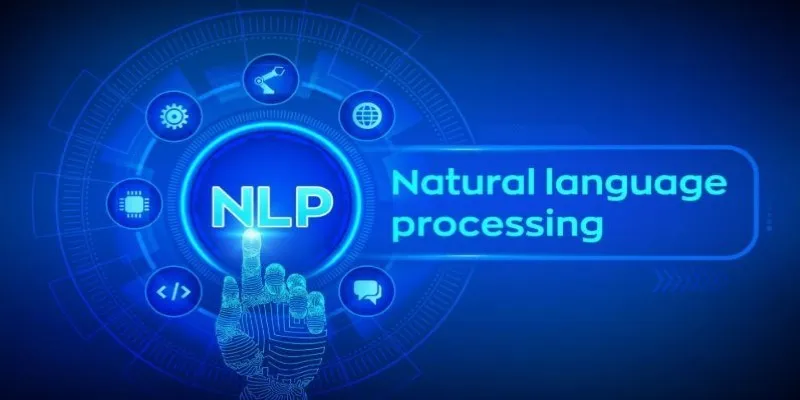Artificial Intelligence (AI) has revolutionized problem-solving techniques, from optimizing your GPS route to enabling strategic decision-making in game characters. At the core of these intelligent processes is a critical concept: the heuristic function.
Heuristic functions are intelligent shortcuts in AI, guiding algorithms through complex decision-making tasks. Without them, AI would inefficiently explore all possibilities. With heuristic functions, AI can prioritize promising paths, reduce time, and enhance problem-solving efficiency. This post will delve into what heuristic functions are , how they work in AI, and their importance in shaping intelligent systems.
What is a Heuristic Function?
A heuristic function in AI, particularly in search algorithms, estimates how close a current state is to the goal. It provides a practical method for directing the AI, reducing unnecessary calculations and decisions.
Instead of exhaustively solving every path or state, a heuristic function evaluates each option’s potential and selects the most promising one. Think of it as a guide in a maze, indicating routes likely to lead to the exit based on signs, airflow, or noise. While not guaranteed to be perfect, it’s often sufficient. In algorithms, this function is usually represented as h(n), where n is the current state or node, and the function returns a value estimating the cost or distance to the goal.
Types of Heuristic Functions in AI

Heuristic functions differ based on how they estimate costs and the algorithm’s priorities—accuracy, speed, or both. Here are the main types used in AI :
1. Admissible Heuristics
An admissible heuristic never overestimates the true cost of reaching the goal. It either underestimates or estimates the exact cost.
It’s crucial in algorithms like A*, where the goal is to find the most optimal (shortest or least costly) path. Using an admissible heuristic ensures the solution is the best possible, as it doesn’t prematurely discard paths leading to better outcomes.
2. Inadmissible Heuristics
Unlike admissible heuristics, inadmissible ones may overestimate the actual cost. While this might seem disadvantageous, it can significantly speed up processes in some contexts.
Inadmissible heuristics are beneficial when finding the absolute best path isn’t as crucial as finding a quick, acceptable one. They’re often used in real-time systems where decisions must be made instantaneously.
3. Consistent (or Monotonic) Heuristics
A heuristic is consistent if the estimated cost from the current node to the goal is no greater than the cost of reaching a neighbor plus the estimate from that neighbor to the goal.
In simpler terms, it ensures that as the algorithm progresses, the estimated cost steadily decreases. This property guarantees that once a node is evaluated, there’s no need to revisit it, resulting in faster computations.
4. Dominating Heuristics
When multiple heuristics are available, some may provide better estimates while remaining admissible. A dominating heuristic consistently gives higher (but still accurate) values than another, resulting in fewer nodes being explored as the algorithm better distinguishes promising paths from dead ends.
Pathfinding with Heuristic Functions: A* Algorithm in Action
The A* (A-star) algorithm is a widely used application of heuristic functions, favored in GPS navigation, game development, and robotics for its balance of accuracy and performance.
How A* Uses Heuristics:
- g(n) : The cost from the start node to the current node
- h(n) : The heuristic estimate to the goal
- f(n) = g(n) + h(n) : The total estimated cost
The algorithm selects the node with the lowest f(n) value to explore first. This blend of actual cost and estimated future cost lets A* efficiently find the shortest path.
Why Are Heuristic Functions So Important in AI?

Heuristic functions are not just helpful—they’re essential for making AI systems practical and scalable.
Guiding the Search Efficiently
Heuristics give AI a “sense of direction,” helping it focus on promising paths and avoid blind exploration.
Reducing Computational Complexity
Without heuristics, many AI problems would be too vast to solve in a reasonable time. Heuristics significantly narrow the search space.
Enhancing Real-Time Decision-Making
In robotics or games, decisions need to be made immediately. Heuristic functions enable quick actions with reasonably good choices.
Scalability
From small puzzles to massive optimization challenges, heuristic-based algorithms scale effectively, making them applicable in real-world scenarios.
Conclusion
Heuristic functions are foundational to intelligent behavior in AI. They serve as powerful guides, allowing algorithms to make better decisions by estimating the cost or value of different paths or options. Whether assisting an AI in navigating a maze, solving a puzzle, or making real-time decisions in a complex environment, heuristics significantly enhance both the speed and quality of outcomes.
By focusing the search, reducing complexity, and enabling efficient problem- solving, heuristic functions help transform AI from a brute-force thinker into a strategic decision-maker. As AI continues to evolve and expand into new domains, the design and refinement of heuristic functions will remain central to its success.
 zfn9
zfn9























